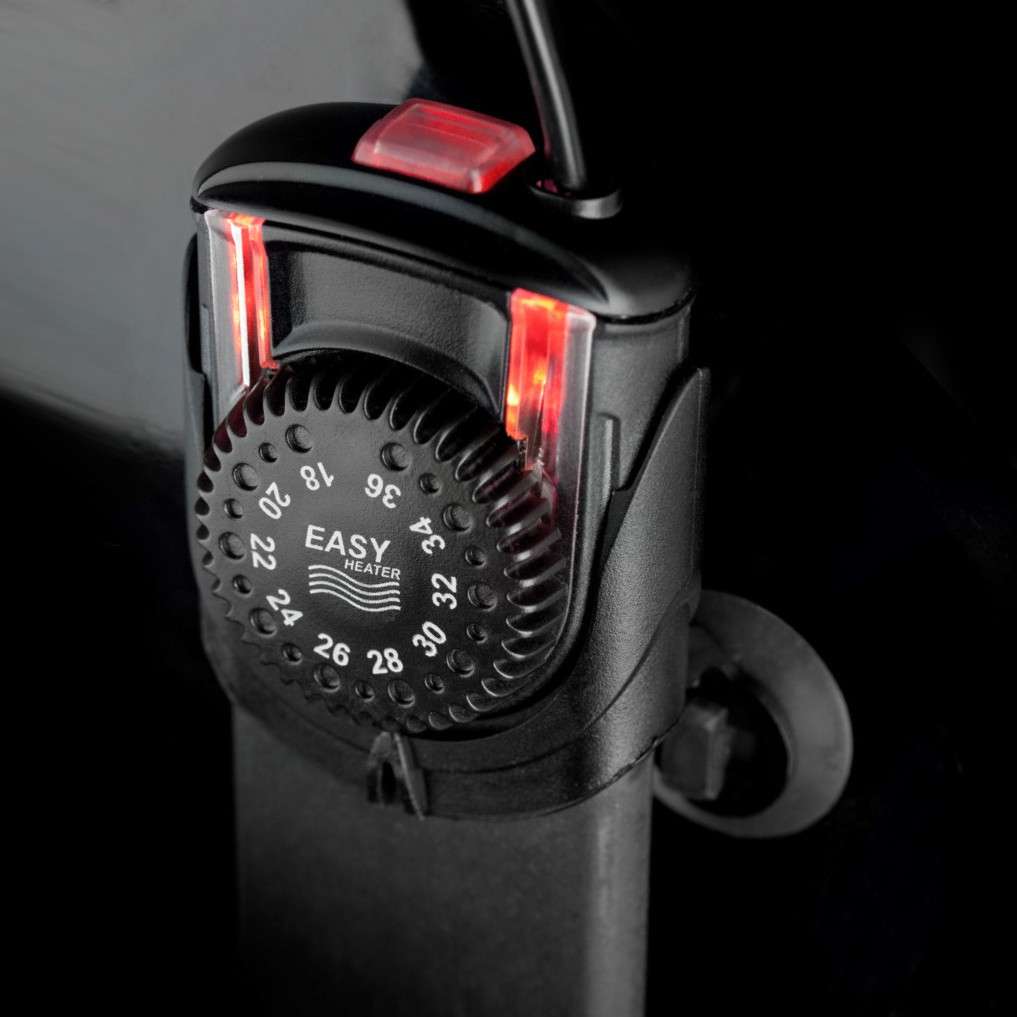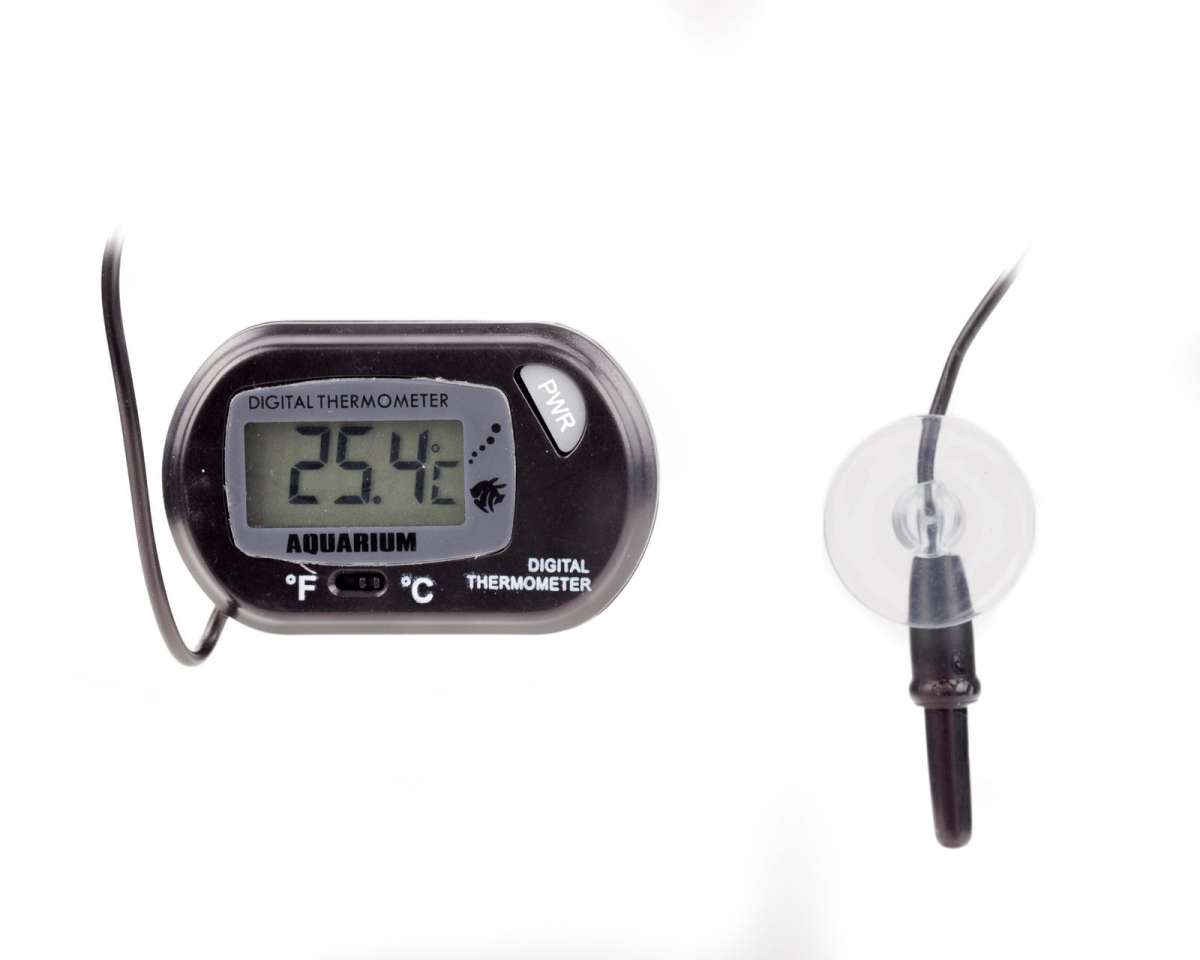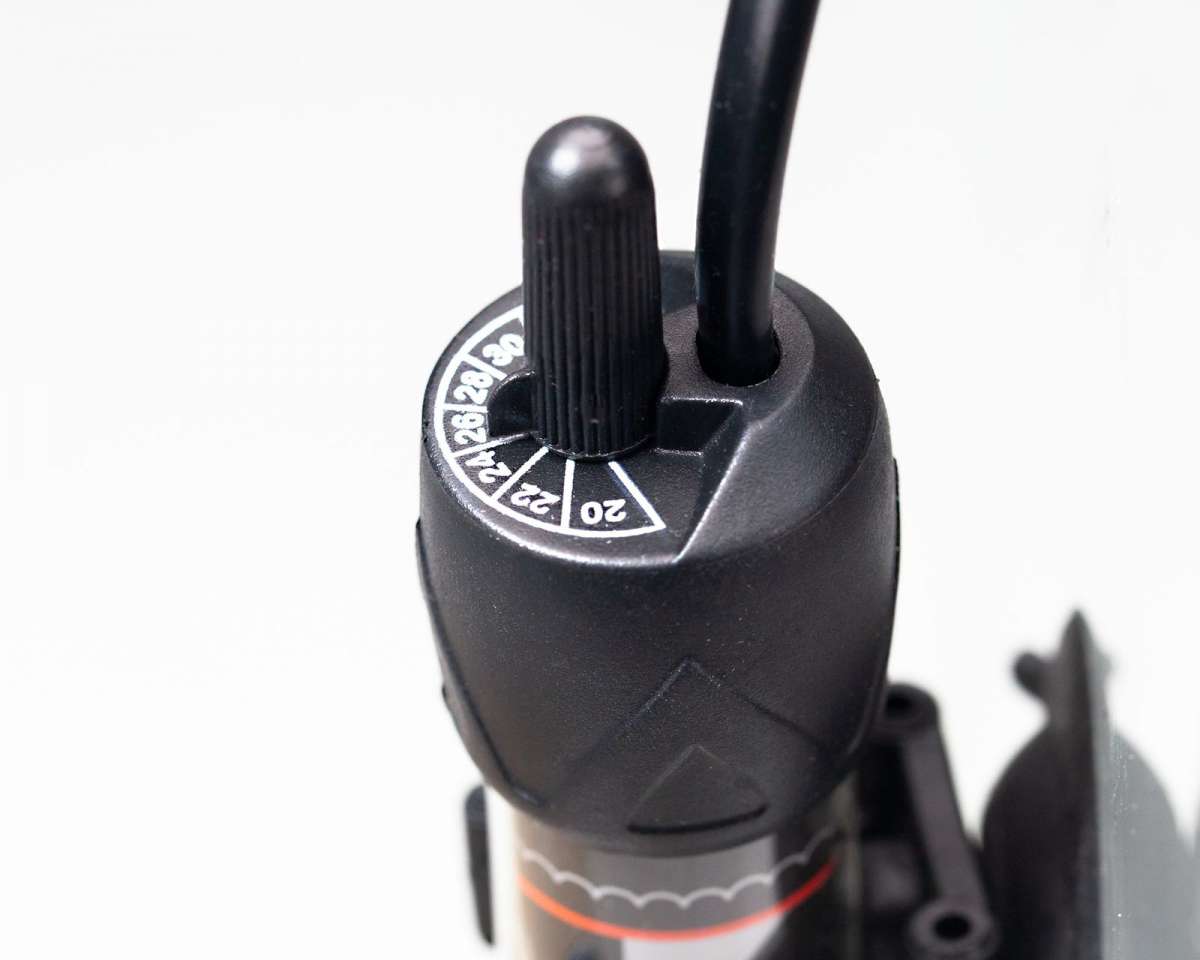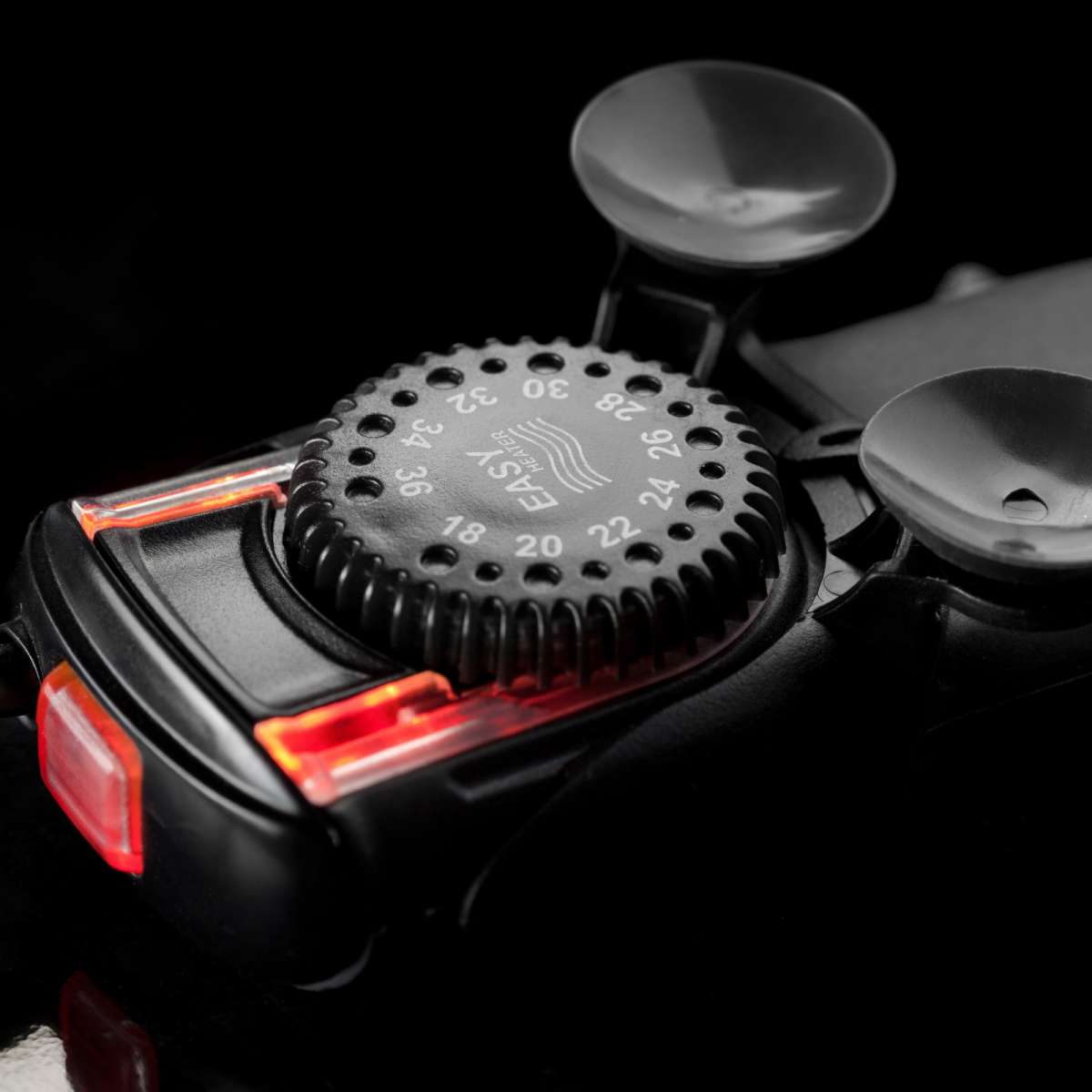Aquarium heating and temperature monitoring
Table of contents
- Control the temperature in the aquarium
- Regulating heaters for aquarium
- Fixed heating elements for aquarium
- What to do so that the heating rod does not blow?
- Correct installation, care and handling of heating rods
The typical aquarium fish, invertebrates and aquarium plants do not come from our latitudes, but from the subtropics and the tropics. For this reason, the aquarium may need to be heated, depending on the species kept in it. The average room temperature is 20 to 22 °C, and especially for heat-loving ornamental fish and some invertebrates this is too cool. For this reason, there are heaters for the aquarium.

Controlling the temperature in the aquarium
If you heat the aquarium, you must of course also monitor the water temperature! This is best done with a special thermometer for the aquarium, which we offer as a thermometer with suction cup or as a hang-on solution to hang over the edge of the aquarium in the store.
Aquarium thermometers are available in many variants, different colors, made of glass and acrylic or even digital with display. It is important that you can read the aquarium thermometer well, preferably at a glance. Brightly highlighted temperature scales are better than dark or colorful ones, and the larger the numbers are, the better - we are not getting any younger ...
Not so recommendable are thermometer stickers that you stick on the outside of the aquarium pane - we don't want to know the temperature of the aquarium pane or the air in front of it, but the water temperature - and that is still measured most accurately in the water itself.
Of course, a digital thermometer is something different, where the display is also attached to the outside of the aquarium pane, but where the water temperature is measured with the help of a sensor in the water in the aquarium.

Adjustable heaters with flexible temperature setting
We call adjustable heaters heat emitting devices for aquariums, where you can freely adjust the target temperature within a certain range. Is a temperature increase necessary because of a disease treatment of the aquarium fish, or should the water in the aquarium be cooler during a certain period to stimulate the fish to mate or to give the shrimps a winter break? This is no problem at all with a control heater for the aquarium.
Regulation heaters come in different wattages and fit different water volumes depending on the aquarium size. Please select the appropriate size for your aquarium.
As a rough rule of thumb, calculate about 10 watts of heating power per 10 liters of aquarium water or even a little less. Especially for temperature-sensitive shrimps and fish, you should make sure that the heater is rather slightly undersized so that it cannot overheat the water. In very cold rooms, on the other hand, a somewhat larger heater may be necessary to compensate for the low room temperature.

Fixed heating elements for the aquarium
For some time, fixed aquarium heaters were also in use, which had a fixed preset temperature - usually 25 °C. Because these heating rods for aquariums are not suitable for use in the aquarium, they are not recommended. Because these heating rods for aquariums are quite inflexible, they have been largely abandoned in aquaristics.
What can be done to prevent the heating rod from burning out?
A conventional heating rod is based on a bimetal circuit. Here there are two metal tongues made of different materials, which expand differently when heated. When they meet, current flows and the heater heats. The different thermal expansion then causes the tongues to separate again, and the heater stops heating.
So far, so good - but it can happen that the tongues stick together, then the heater no longer stops heating and the aquarium temperature goes through the roof. The consequence: fish soup, in the truest sense of the word - from 39 degrees it becomes dangerous for most fish (for some more sensitive species even much earlier, because warm water can bind less oxygen than cooler water), and unfortunately there have been many cases of aquarium losses because the heater "went through".
Especially with too large dimensioned heaters, which have to switch frequently, the danger of sticking with the bimetal switch is very high.
You can avoid the danger of a heating rod going through by choosing a heater that is so undersized that it has to heat through practically all the time in order to maintain the preset aquarium temperature - then, logically, nothing happens when it no longer switches off, because it doesn't do that anyway.
Another option are electronically controlled heaters for the aquarium without a bimetal switch or heaters with an automatic hazard shutdown, which disconnects the heater from the mains when the temperature in the aquarium is exceeded. For example, the heating rods from the company AquaEl offer this option.

Correct installation, care and handling of heating rods
Be careful when handling - heating rods get really hot depending on the aquarium setup. Before removing the heating rod from the aquarium, especially heating rods made of glass should be unplugged for at least 15 minutes and allowed to cool down a bit.
Especially heaters with a glass cover should always be placed in the aquarium with a protective grid so that the fish cannot burn themselves on it. This is not necessary with heaters made of plastic (for example from AquaEl) due to the slightly different design.
Crusts, coatings, layers of algae and so on can affect the effectiveness of the heater - the aquarium heater should therefore be carefully wiped with a cloth every now and then so that the heating element can work effectively. Please never use harsh cleaning agents or abrasive steel sponges and the like!
Heating elements in the aquarium can burst if they are operated outside the water - so please switch them off before changing the water, it would be a pity!
